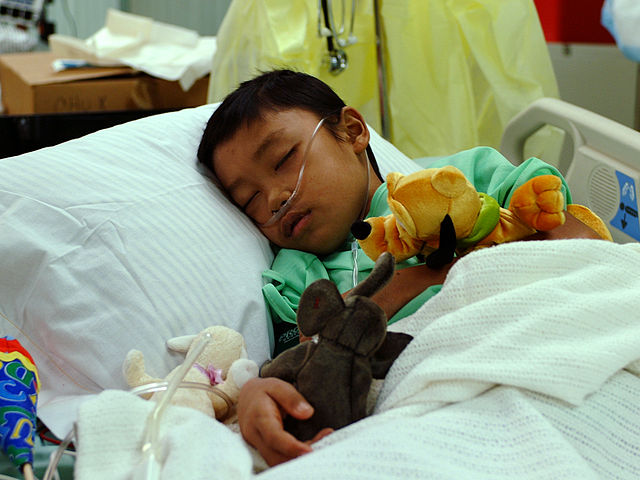CSR Can Help Boost Rural Medical Infrastructure
Related Articles
Top CSR projects catering to cancer patients in India
Cancer is a disease which is still giving a major challenge to medical science globally in terms of timely detection and complete cure. Also,...
सायन हॉस्पिटल में बच्चों की Normal Delivery का मॉडल बना मिसाल, Cesarean दर में 5–6% की आई कमी
C-Section Reduction in Government Hospital: देश में लगातार बढ़ते C-Section Deliveries को लेकर जहां चिंता जताई जाती रही है, वहीं मुंबई के सरकारी सायन...
नई स्टडी का बड़ा खुलासा: दिल्ली की जहरीली हवा शाम होते ही सबसे ज़्यादा ख़तरनाक, दफ्तर से लौटने वाले लोग सबसे अधिक संकट में
दिल्ली की हवा लगातार स्वास्थ्य के लिए खतरा बनी हुई है, लेकिन अब एक नई वैज्ञानिक स्टडी ने ऐसा चौंकाने वाला खुलासा किया है...


